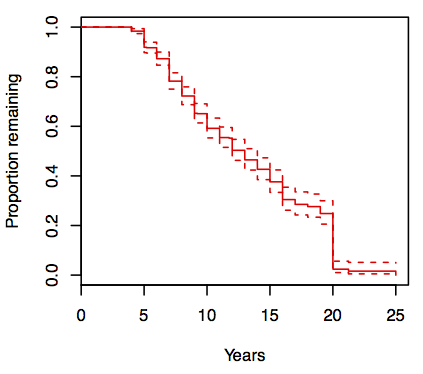
Andrew F Christie
University of Melbourne, Australia
Title: Follow-on innovation relating to block-buster drugs – innovators, timing, and private value
Biography
Biography: Andrew F Christie
Abstract
Statement of the Problem: The majority of patents associated with high-cost drugs are “secondary patents” – i.e. patents not for the active pharmaceutical ingredient (API), but for follow-on innovation regarding the API, such as means for formulating the API, mechanisms for delivering the API, and methods of medical treatment using the API. Concern has been expressed about the potential for secondary patents to increase the cost of drugs, by extending (“evergreening”) the API originator’s monopoly over the drug. The purpose of this study is to determine whether these concerns are valid.
Methodology & Theoretical Orientation: For a sample of the 13 most costly drugs in Australia over a decade, we identify all the secondary patents granted in Australia for that drug (of which there are 636). We analyze those patents to determine by whom and when they were sought, for what type of innovation they were granted, and for how long they lasted.
Findings: Nearly three-quarters of all the secondary patents are owned by an entity other than the originator of the API of the drug. The patents were sought throughout the life of the original patent on the drug’s API. Patents for delivery mechanisms or formulations of the API have a greater private value than patents for other types of innovations relating to the API.
Conclusion & Significance: The vast majority of follow-on innovation over blockbuster drugs is undertaken by competitors of the drug’s originator, and occurs well before (in addition to well after) the expiry of the API patent. This is of significance to policy-makers, as it suggests that any concern that the grant of the API patent over a blockbuster drug will preclude follow-on innovation by competitors is not well founded.


